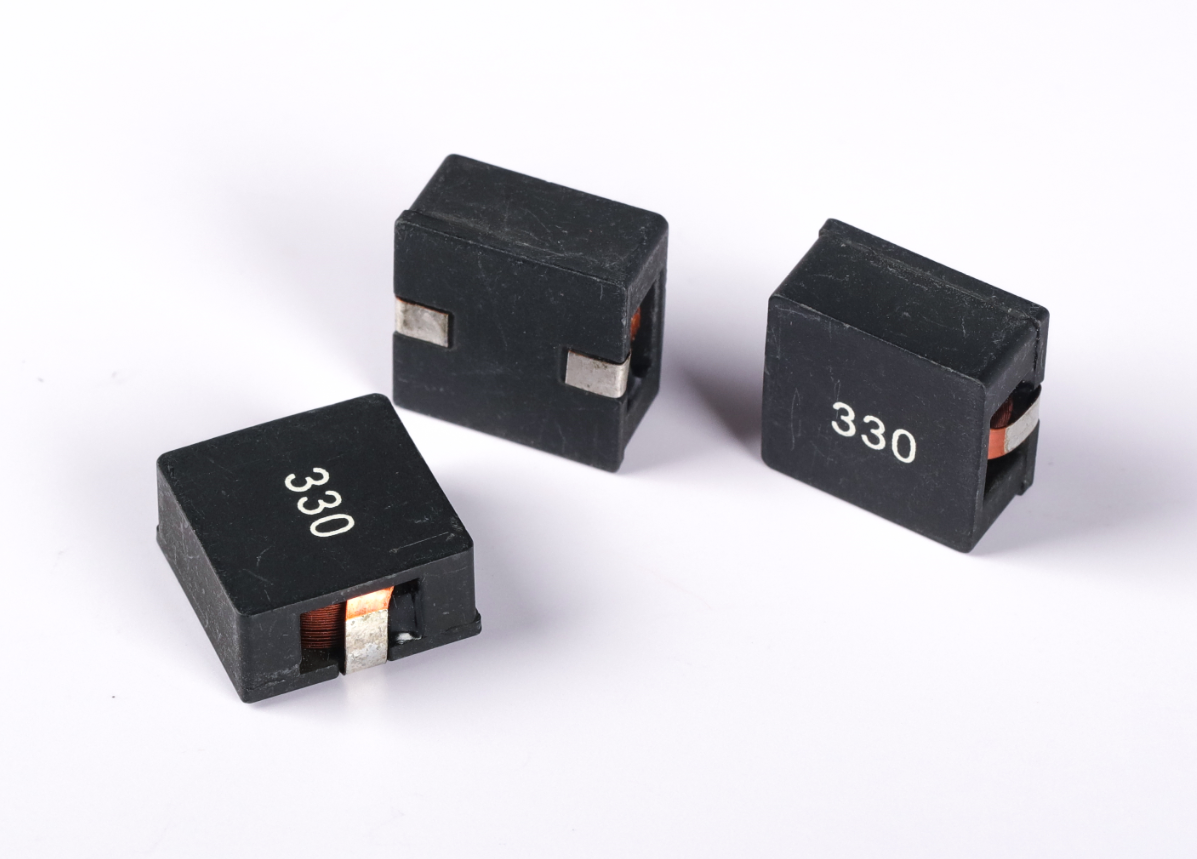用到GPIO的操作形式
========================================================================================
GPIO置1操作:
void GPIO_SetBits(GPIO_TypeDef* GPIOx, uint16_t GPIO_Pin)
例如:
GPIO_SetBits(GPIOC, GPIO_Pin_3 | GPIO_Pin_4 | GPIO_Pin_5);
这个函数是对一组端口的一些方位1,对PC3 PC4 PC53个引脚一同置1。GPIO_SetBits的作用是对一个端口16个引脚一同赋值。
例如:端口 GPIOC端口,对一切的引脚都置1,能够
GPIO_SetBits(GPIOC, GPIO_Pin_0 | GPIO_Pin_1 | GPIO_Pin_2 … GPIO_Pin_15);把一切引脚都置1.
========================================================================================
GPIO清零操作:
void GPIO_ResetBits(GPIO_TypeDef* GPIOx, uint16_t GPIO_Pin)
例如:
GPIO_ResetBits(GPIOC, GPIO_Pin_3 | GPIO_Pin_4 | GPIO_Pin_5);
对一个端口的几个引脚清零。PC3 PC4 PC5清零引脚。
=======================================================================================
当引脚为输入形式时读引脚的电平值,是高电平仍是低电平
uint8_t GPIO_ReadInputDataBit(GPIO_TypeDef* GPIOx, uint16_t GPIO_Pin)
例如:
if(GPIO_ReadInputDataBit(GPIOB,GPIO_Pin_0) == 1)
{}
查看输入引脚PB0引脚是0仍是1
=======================================================================================
当引脚为输出状况时,读引脚的输出寄存器值,
uint8_t GPIO_ReadOutputDataBit(GPIO_TypeDef* GPIOx, uint16_t GPIO_Pin)
例如:
(BitAction)((1-GPIO_ReadOutputDataBit(GPIOC, GPIO_Pin_3)
看当时时间PC3是输出0仍是输出1。
============================================================================================
对某一位操作,能够写0也能够写1,既能够置1也能够清0
void GPIO_WriteBit(GPIO_TypeDef* GPIOx, uint16_t GPIO_Pin, BitAction BitVal)
例如:
GPIO_WriteBit(GPIOC, GPIO_Pin_3, Bit_SET);//PC3置1
GPIO_WriteBit(GPIOC, GPIO_Pin_3, Bit_RESET);//PC3清0
==============================================================================================
对端口直接赋值
void GPIO_Write(GPIO_TypeDef* GPIOx, uint16_t PortVal)
例如:
能够直接对PC0赋值为1,其他引脚都为0。
GPIO_Write(GPIOC,0x01);//PC0=1,其他引脚为0









